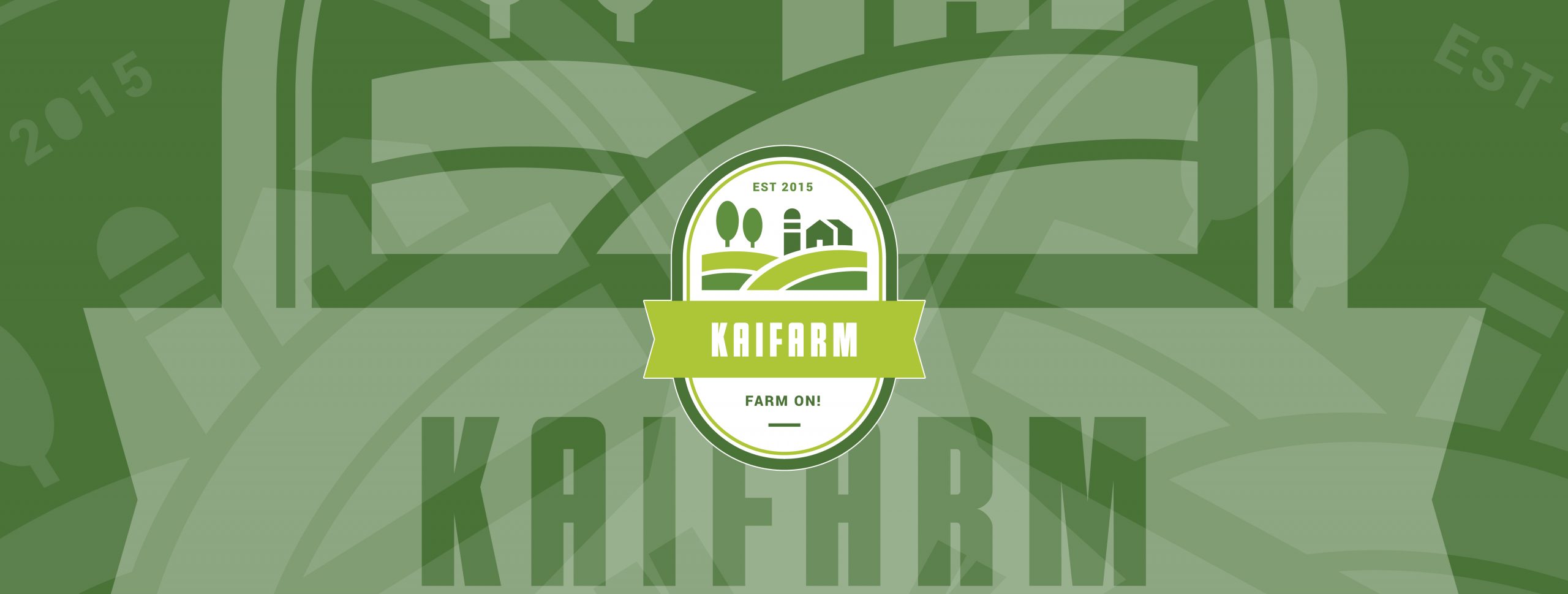

Coffee Market Analysis Report (23-24 September 2024)
Market Overview: Over the past week, coffee markets experienced heightened volatility due to shifting market positions and evolving weather patterns in key producing regions. The New York Arabica and London Robusta markets showed contrasting speculative movements, with Arabica seeing an increase in net long positions, while Robusta faced a slight reduction. Additionally, new crop forecasts and regulatory developments added further complexity to the coffee market landscape.
Speculative Movements: According to the Commitment of Traders (COT) report as of 17 September 2024, the Non-Commercial Speculative sector in the New York Arabica market increased its net long position by 11.64%, bringing the total to 43,630 lots, equivalent to 12,368,912 bags. In contrast, the London Robusta market saw the Speculative Managed Money Sector decrease its net long position by 1.49%, down to 34,582 lots or 5,763,667 bags. Despite these fluctuations, both markets appear to have stabilized following the volatile trade in recent weeks.
Production and Supply Updates: Costa Rica’s National Coffee Institute (ICAFE) has forecasted a 5.59% increase in coffee production for the 2024/2025 year, with total production expected to reach 1.70 million bags. Green coffee exports are projected to rise slightly to 1.32 million bags for the same period.
Meanwhile, Rabobank has revised its global coffee surplus forecast for the 2024/2025 coffee year down from 4.50 million bags to 1.30 million bags, reflecting tightening supplies. For the 2023/2024 year, global production was reported at 171.10 million bags, with demand steady at 170.60 million bags, resulting in a marginal surplus of 500,000 bags.
Brazil’s CONAB has also revised its coffee production estimates downwards, citing adverse weather conditions. The total production for the July 2024 to June 2025 crop year is now forecast at 54.79 million bags, down 6.83% from earlier estimates. Arabica production has been lowered by 5.98% to 39.59 million bags, while Robusta production is expected to total 15.20 million bags, a 9.04% reduction.
EU Deforestation Regulation (EUDR): The International Coffee Organization (ICO) is urging the European Union to delay the implementation of the EU Deforestation Regulation (EUDR), set to take effect on 1 January 2025. The regulation imposes stringent import requirements on green coffee, which many producers, particularly small-scale farmers, may struggle to meet. The ICO highlights the lack of technical support and the potential for market consolidation, favoring larger producers over smaller, resource-constrained farmers.
Weather and Harvest Insights: The weather in Brazil has been a key factor driving market volatility. With the dry season affecting crop development, there are concerns about the upcoming 2025/2026 coffee year, which will depend on favorable weather during Brazil’s spring flowering period. Meanwhile, in Vietnam, the world’s largest Robusta producer, the 2024/2025 harvest is expected to begin soon, with market participants closely monitoring the weather conditions and their impact on the crop.
Market Performance:
The New York Arabica market saw a notable rally last week, breaking through the 270.00 Usc/Lb. mark, a level not seen in over thirteen years. The rally was driven by two successive years of reduced harvests in Colombia and concerns over dry weather in Brazil. Meanwhile, the London Robusta market also experienced a rally, reaching a new record high above US$5,480.00 per metric ton due to tight supply and strong consumer demand.
As the week ended, speculative long liquidation triggered a partial retreat in both markets, although overall sentiment remained bullish. The New York market ended the week near its highs, while the London market followed suit, maintaining most of its earlier gains.
Certified Coffee Stocks: Certified washed Arabica stocks on the New York exchange increased by 880 bags on 23 September 2024, bringing the total to 838,536 bags, with 97.92% of these stocks held in Europe. The pending grading stocks saw a slight decrease, registering 7,041 bags awaiting certification.
For Robusta, certified stocks on the London Exchange decreased by 77,333 bags, leaving a total of 930,500 bags in northern hemisphere warehouses. Brazil’s Conilon Robusta accounted for over 90% of these certified stocks.
Currency and Commodity Performance: The commodity markets saw mixed performances over the week. The US Federal Reserve’s recent interest rate cut had varying effects across different asset classes. Safe-haven assets such as gold reached new record highs, while coffee, cocoa, corn, and wheat closed on a firmer note. Meanwhile, the U.S. dollar softened, trading at 1.335 against Sterling and 1.116 against the Euro.
Outlook: Both the New York and London coffee markets are expected to remain volatile, with weather developments in Brazil and Vietnam likely to be key drivers in the short term. Speculative activity will also continue to influence price movements, especially as the markets react to evolving forecasts for the 2024/2025 coffee year. Additionally, the pending implementation of the EUDR could add further uncertainty, particularly for producers exporting to Europe. The firm underlying demand for both Arabica and Robusta, combined with supply chain disruptions and logistical bottlenecks, suggests that coffee prices may remain elevated in the coming months.
Conclusion: The global coffee market is entering a period of heightened uncertainty, with both supply-side constraints and regulatory challenges looming. Producers and traders alike will need to navigate these complex dynamics as the 2024/2025 coffee year unfolds. Close attention should be paid to weather conditions in Brazil, the progress of Vietnam’s Robusta harvest, and ongoing developments related to the EUDR implementation.

